What Are the 9 Projects UK Space Agency Selected For £1.8M Funding
8th May 2024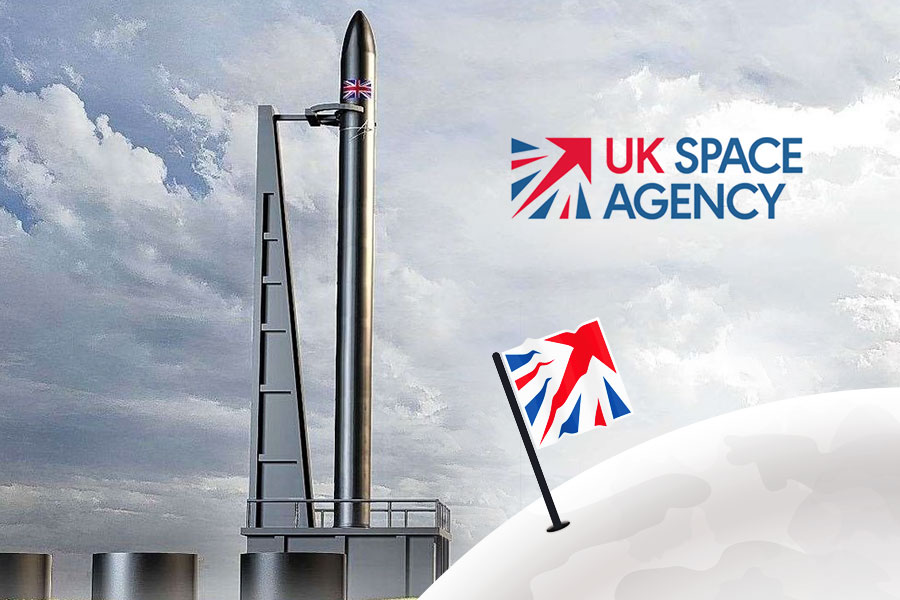
UK Space Agency is investing in cutting-edge technologies that will revolutionise the UK space industry. With £1.8 million spread across nine innovative projects, this funding marks the culmination of the Enabling Technologies Programme (ETP), a strategic initiative to propel British organisations into the forefront of space technology.
UK SPace Agency’s major investments
The announcement comes on the heels of the inaugural In-Orbit Servicing and Manufacturing (IOSM) conference at the Harwell Science Campus. IOSM, a game-changing technology, not only allows for in-flight repairs and adjustments to spacecraft but also paves the way for efficient manufacturing of essential products like semiconductors in the microgravity environment of space.
Andrew Griffith MP, Minister for Space, highlighted the diverse range of benefits these advancements bring, from improved weather forecasting to expanded pharmaceutical manufacturing capabilities.
At the IOSM conference, the UK Space Agency unveiled a suite of initiatives to advance space sustainability. These include funding for the next phase of the national Active Debris Removal mission, as well as research studies to assess market size, technological capabilities, and potential impacts of satellite re-entry into Earth’s atmosphere. So, let’s look closer at nine space projects that got the funding!
Nine Projects Selected for Funding
Among the ETP projects unveiled, standout initiatives include the University of Derby’s groundbreaking work, Messium’s advancements in algorithmic estimation of above-ground organic matter, and the University of Northumbria in Newcastle’s pioneering efforts. So, let’s dive into the details and the future of space innovations.
1. ARGANS
Funding: £250,000
Project: tracking and mapping global coastline trends, focusing on areas lacking sufficient geospatial data.
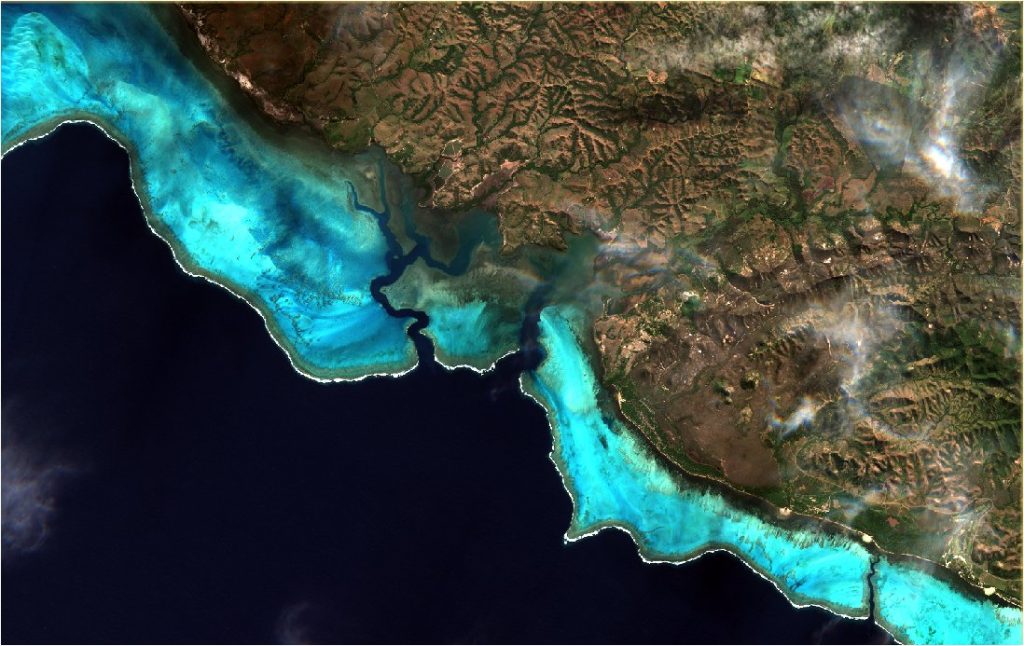
UK-based company ARGANS comprises scientists and software developers specialising in satellite-based Earth observation, remote sensing applications, and geographical information systems. They excel in mapping and monitoring marine, atmospheric, and terrestrial environments using cutting-edge technology and expertise. The company provides comprehensive satellite mission solutions spanning various services, such as ground segment algorithm and application development, data quality assessment and validation, operational support for space agencies, etc.
Their funded project is all about the Global Shorelines Capability. This Earth observation satellite initiative is dedicated to mapping global coastline trends and facilitating vital tasks such as climate change monitoring and strategic coastal management planning.
2. Ultima Forma Ltd
Funding: £120,000
Project: developing modular waveguides in Q&V-band by electroforming.
Ultima Forma leads the UK in 3D multi-material component production, driven by the groundbreaking Ultim8 process. Its expertise lies in crafting components with precise material properties, delivering unmatched performance across sectors like aerospace and automotive. Through patented electrodeposition, they control material properties atom by atom, creating lightweight, high-performance parts with complex shapes.
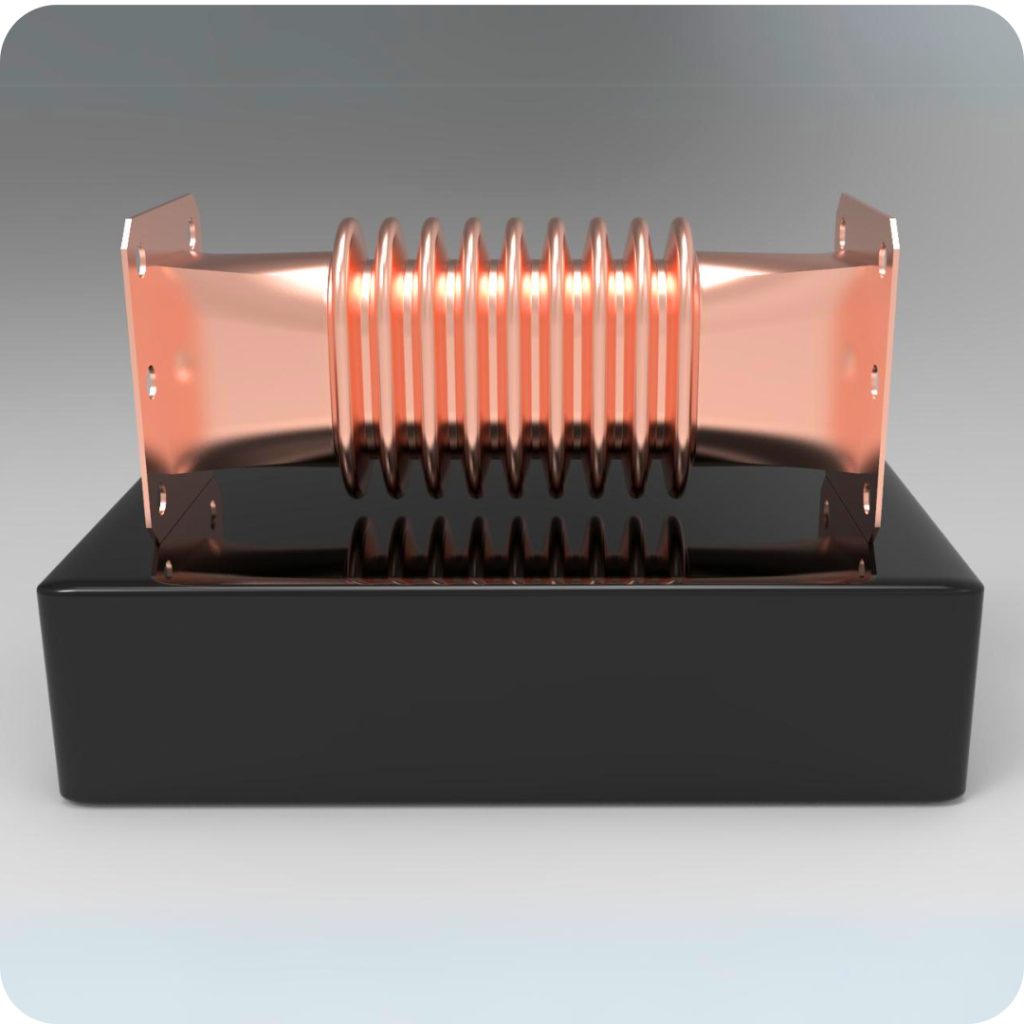
This time, they collaborate with Airbus Defence and Space, advancing the development of modular waveguides in the Q&V-band using electroforming technology. Waveguides are critical for directing energy in communications. Electroforming, a process of electrolytic metal deposition, holds potential for cost-effective manufacturing and development.
3. University of Northumbria at Newcastle
Funding: £140,000
Project: personalised tourniquet system for spaceflight technology.
When astronauts venture into space, they face a common challenge: the absence of gravity leads to muscle and bone mineral loss, a problem that often persists after returning to Earth. It underscores the limitations of current exercise equipment and protocols on the International Space Station (ISS) in addressing these physical changes.
So, the main goal of this project is to adapt the Delfi Personalised Tourniquet System for Blood Flow Restriction (BFRE). This method involves applying cuffs to limbs during exercise to reduce blood flow and oxygen supply. On Earth, this technology has shown promise in preventing muscle and bone loss during immobilisation and post-surgery recovery.

BFRE has caught the attention of NASA, ESA, and private space companies as a potential solution for astronaut health during missions beyond Earth’s orbit, where exercise resources are limited. However, no BFRE device currently meets the rigorous standards for spaceflight research.
To address this gap, University of Northumbria at Newcastle is collaborating with Western Clinical Engineering, a Canadian company known for its commercially available device, and Kayser Space, a firm specialising in space-oriented hardware development. Together, they aim to create a space-adapted version of the Delfi Personalised Tourniquet System.
4. Surrey Space Centre, University of Surrey
Funding: £250,000
Project: air-breathing electric propulsion spacecraft.
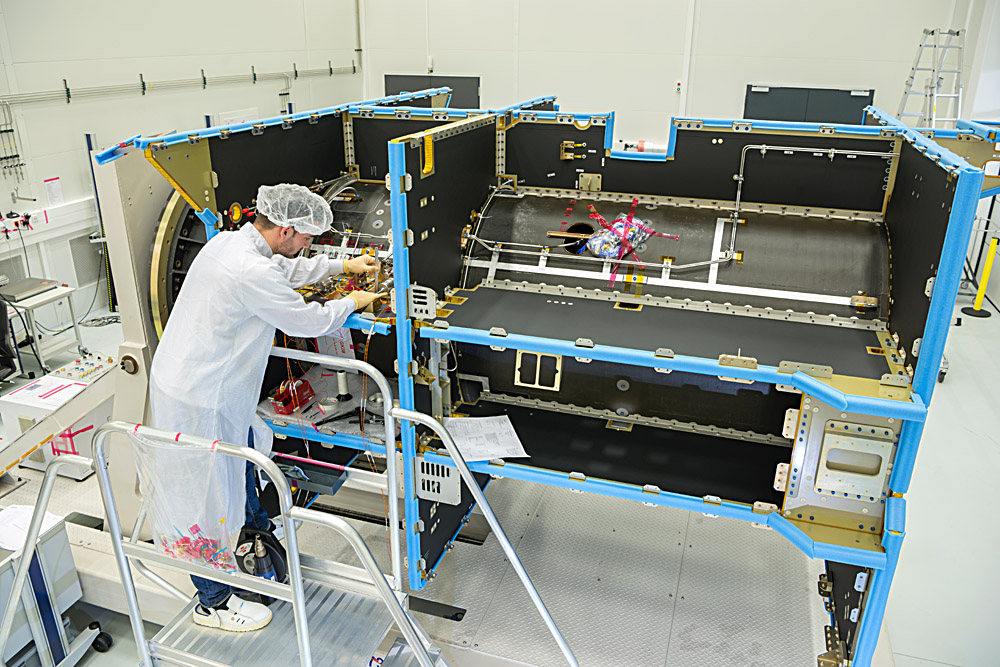
Surrey Space Centre focuses on small satellite propulsion research, developing cost-effective propulsion systems with moderate-to-high performance capabilities. These systems aim to facilitate the movement of microsatellites from low to high Earth orbit and beyond. Building upon the success of the UoSAT-12 minisatellite launch, Surrey University remains dedicated to advancing research in novel propulsive systems. The spacecraft incorporated a nitrous oxide (NO2) resistor and a cold gas (N2) propulsion resistor system, with a specially developed design tailored to the low-cost satellite strategy.
Now, they will be working on a spacecraft platform designed to operate in incredibly low-altitude orbits. The focus is on advancing the air-breathing electric propulsion concept through various means like propulsion testing, orbital mechanics simulation, and aerodynamic analysis.
5. University of Derby
Funding: £150,000
Project: computational study for manufacturing, assembly and materials (“ASTRIA”)
The University of Derby is involved in various space projects that span research, education, and innovation. One notable project is the university’s collaboration with industry partners and space agencies to develop and deploy CubeSats. These miniature satellites enable students to gain hands-on experience in satellite design, construction, and operation while contributing to scientific research and technology development.
Now, they’re diving into a computational study called ASTRIA, focusing on manufacturing, assembly, and materials. Specifically, we’re exploring a material bonding method known as transient liquid phase diffusion bonding, with potential applications in assembling large space structures or facilitating vehicle re-entry.
6. Frontier Space Technologies Ltd
Funding: £250,000
Project: fluidic, electrical connectivity, and biocompatibility upgrade studies for the SpaceLab microgravity laboratory
Frontier Space Technologies offers customisable autonomous and miniaturised satellite laboratories that can capture top-notch experimental data in space. Also, they provide affordable de-orbit solutions, ensuring sustainable operations. This time, they’re working on enhancing SpaceLab’s fluid transfer and biological material property testing capabilities. This miniaturised, autonomous lab-in-a-box is specifically designed for in-orbit manufacturing of high-value products. Its applications span various fields, including pharmaceuticals, biosciences, and material science.
7. Messium
Funding: £120,000
Project: wheat biomass estimator.
Messium is a pioneering company specialising in Earth observation satellite applications, with a particular focus on leveraging advanced algorithms and hyperspectral imagery for environmental monitoring. One of their flagship projects is the development of a Wheat biomass estimator, which represents a groundbreaking approach to estimating above-ground biomass in wheat fields.
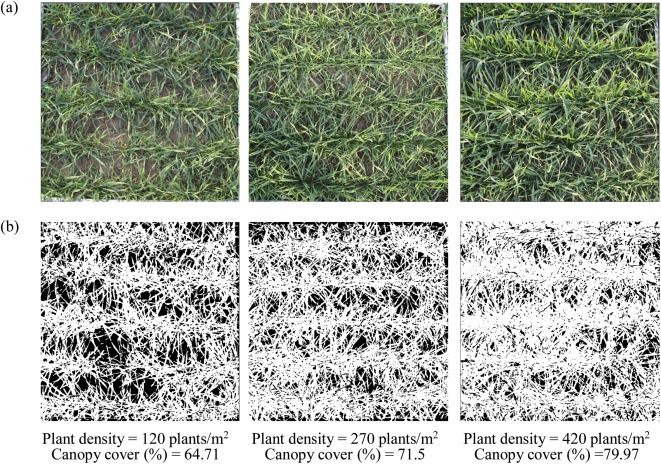
The Wheat biomass estimator utilises cutting-edge research-driven algorithms combined with hyperspectral imagery, allowing for accurate and efficient biomass estimation. By analysing the unique spectral signatures of wheat crops captured by satellites, the estimator can provide valuable insights into the health and productivity of these crops. This information is crucial for agricultural management, enabling farmers to make informed decisions regarding crop health, yield optimisation, and resource allocation.
8. Imperial College London
Funding: £250,000
Project: space applications of nitrogen vacancy-in-diamond magnetometer
ICL, in collaboration with the University of Warwick, is at the forefront of developing cutting-edge magnetometer technology using nitrogen-vacancy (NV) centres in diamonds.
Magnetometers play a critical role in a wide range of applications, from planetary science missions to weather forecasting here on Earth. By accurately measuring magnetic fields, these devices enable scientists to study phenomena such as the magnetic fields of planets, the Earth’s magnetosphere, and even changes in the Earth’s magnetic field caused by geological processes.
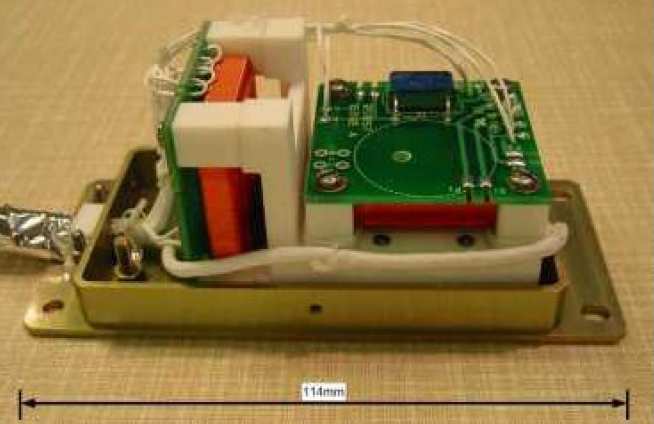
The Space applications of nitrogen vacancy-in-diamond magnetometer project aims to harness the unique properties of NV centers in diamond to create highly sensitive and robust magnetometers. NV centers are defects in the diamond lattice that exhibit remarkable quantum properties, making them ideal candidates for sensing magnetic fields with exceptional precision.
9. University of Strathclyde
Funding: £250,000
Project: tuneable radiation-resilient (AlGa)2O3 UVC photodetectors
The University of Strathclyde is spearheading the development and demonstration of a groundbreaking semiconductor technology known as tuneable radiation-resilient (AlGa)2O3 UVC photodetectors. This project represents a significant advancement in the field of ultraviolet (UVC) photodetection and has profound implications for space applications.
Traditional UVC photodetectors are typically silicon-based, but they have limitations in terms of performance and resilience to radiation in harsh space environments. The (AlGa)2O3 semiconductor offers a promising alternative, with unique properties that make it highly suitable for space applications.
One key advantage of (AlGa)2O3 is its tunability, which allows researchers to tailor the semiconductor’s properties to meet specific performance requirements. This tunability enables the development of photodetectors optimized for UVC detection, with enhanced sensitivity, response time, and radiation resilience compared to traditional silicon-based devices.
The University of Strathclyde’s project focuses on demonstrating the suitability of (AlGa)2O3 UVC photodetectors for space applications. This involves rigorous testing to assess the devices’ performance under simulated space conditions, including exposure to radiation and extreme temperatures.
If successful, these (AlGa)2O3 UVC photodetectors could revolutionise space-based sensing applications, enabling more reliable and accurate measurements of UVC radiation in environments such as Earth observation, atmospheric monitoring, and planetary exploration. Moreover, the technology could have broader implications for terrestrial applications, including medical imaging, environmental monitoring, and industrial process control.






Thank you for your comment! It will be visible on the site after moderation.